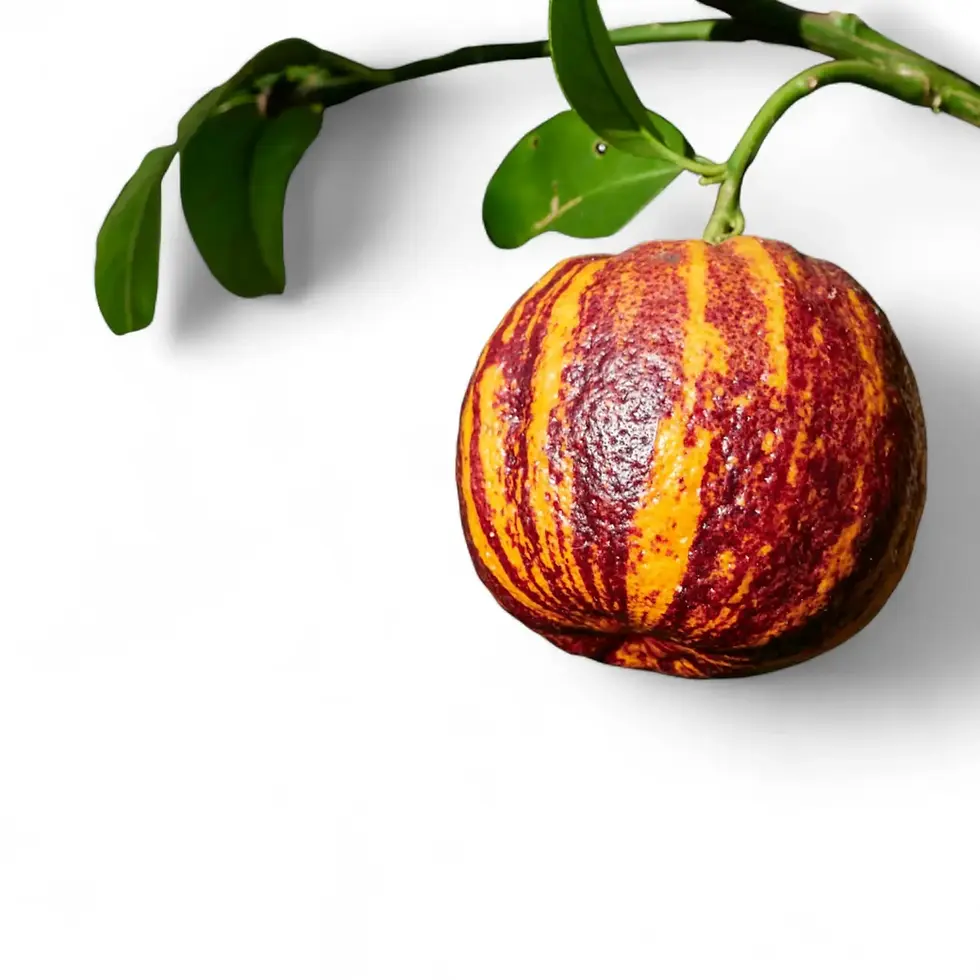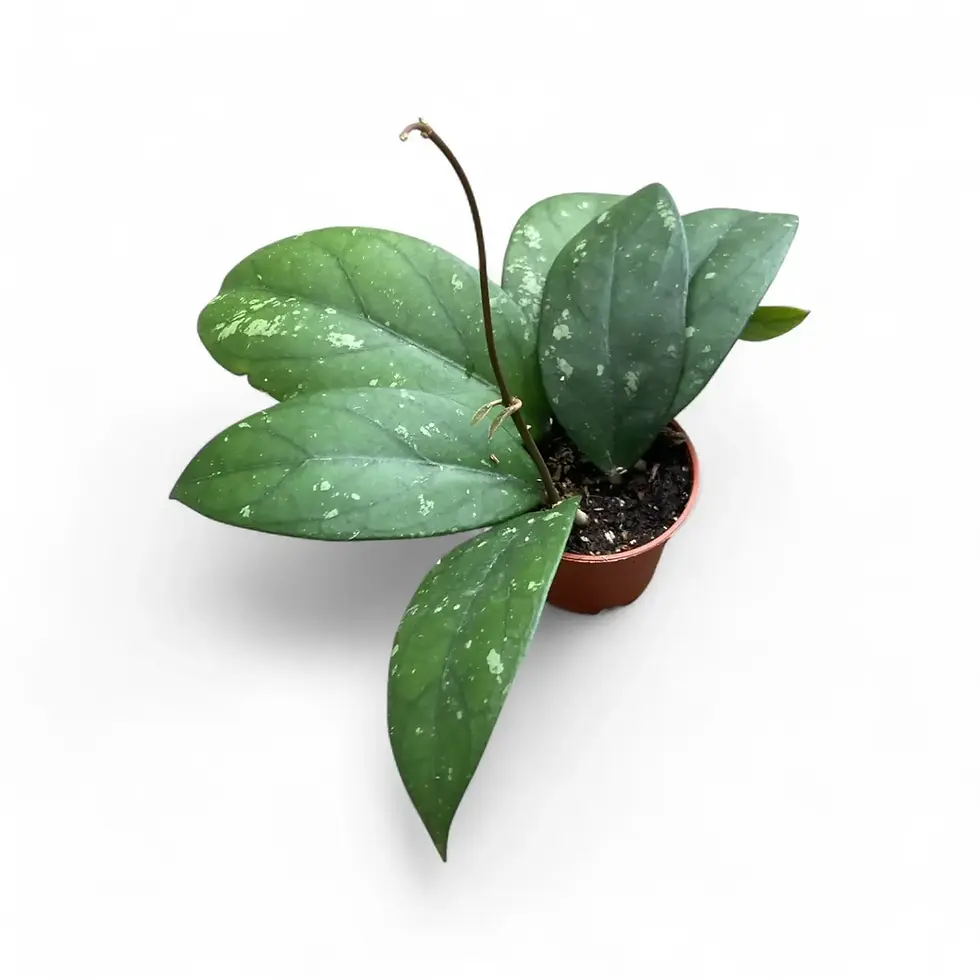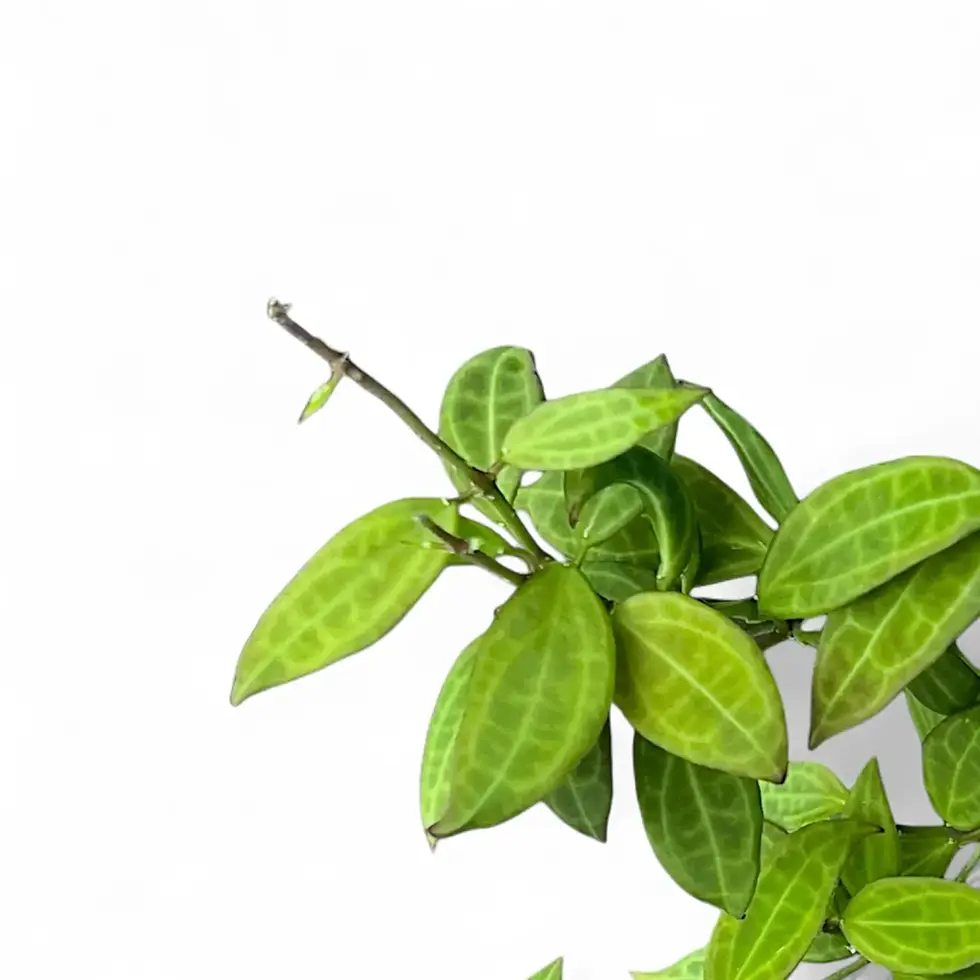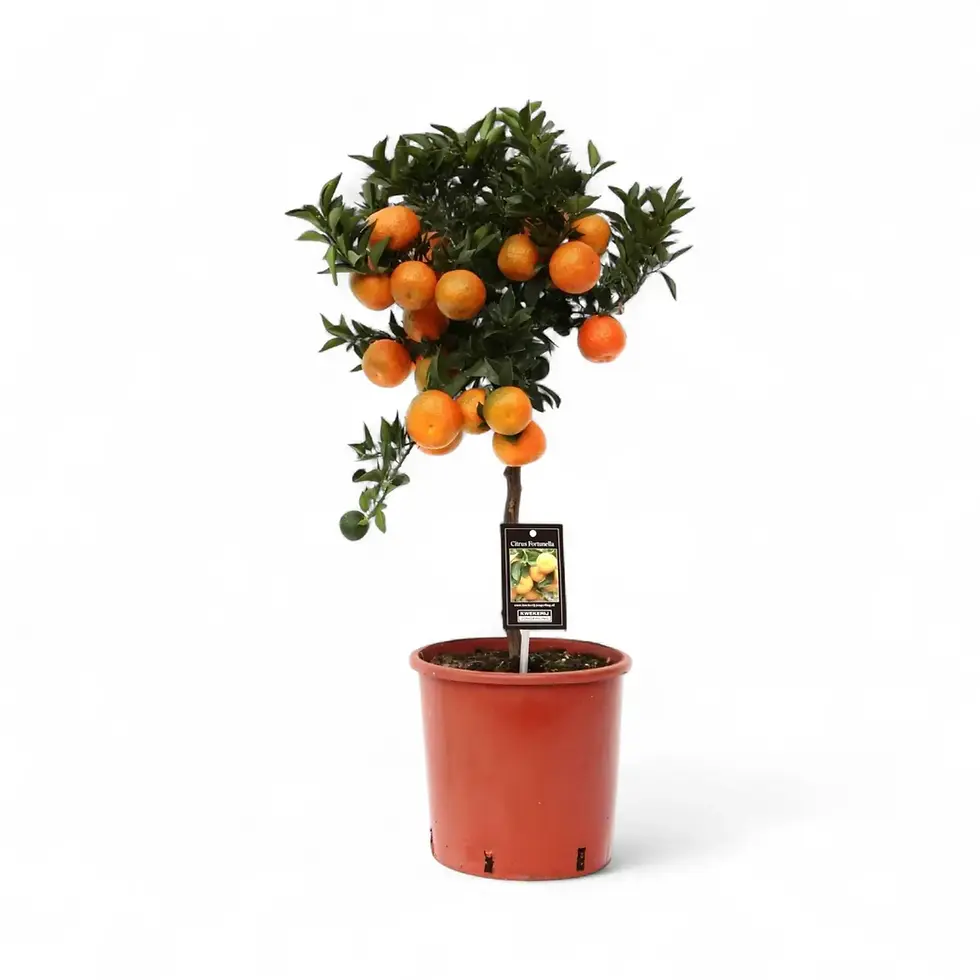Syngonium podophyllum 'Panda' – Cream-Variegated Arrowhead Plant for Any Space
Syngonium podophyllum 'Panda' is a visually striking cultivar with a soft blend of dark green, silver-green, and creamy variegation across its arrowhead-shaped leaves. The pattern resembles the gentle contrast of panda fur, which inspired its name. With moderate growth, excellent adaptability, and a clean, modern look, 'Panda' works beautifully on shelves, as a trailing accent, or climbing up a moss pole. It's low-effort, decorative, and a strong fit for both new and experienced plant owners.
Why Syngonium 'Panda' Belongs in Your Collection
- Subtle, stable variegation: Cream and silver tones layered over deep green foliage
- Flexible growth habit: Trailing or climbing depending on how it’s styled
- Indoor size: Reaches up to 90 cm with space to grow and regular pruning
- Low maintenance: Thrives in standard indoor conditions with minimal intervention
- Botanical origin: Cultivar of a tropical species native to lowland forests from Mexico to Brazil
How to Care for Syngonium podophyllum 'Panda'
Light: Prefers bright, indirect light. Avoid direct sun.
Watering: Let the top 15-20% of soil dry before watering again. Keep the substrate lightly moist, not wet. Always use a pot with drainage to avoid root rot.
Humidity and Temperature: Does well in 50–70% humidity and prefers temperatures between 18–27 °C. Dry air or cold drafts may lead to browning edges or slower growth.
Soil and Repotting: Use a loose, breathable mix such as coconut coir combined with perlite. Repot every 1–2 years or when roots begin to circle the pot.
Fertilizing: Feed every 4–6 weeks with a balanced liquid houseplant fertilizer. Avoid over-fertilization — it can lead to nutrient burn and leaf damage.
Propagation: Cut a stem below a node and root it in water, soil, or a semi-hydroponic setup using LECA or loose perlite.
Styling and Upkeep: Use a moss pole for vertical growth or let it trail naturally. Prune to shape and encourage fullness. Clean leaves occasionally with a damp cloth or plant-safe gloves to remove dust and support healthy photosynthesis.
Common Problems and How to Fix Them
- Browning tips: Often caused by dry air or underwatering — raise humidity and keep soil consistently moist
- Yellowing leaves: A sign of overwatering or poor drainage — check your substrate and pot setup
- Drooping or curled leaves: Usually related to underwatering or rapid temperature swings
- Faded variegation: Can happen in low light — the color is stable but may look dull without contrast
- Pests: Check for thrips, spider mites, or mealybugs. Treat with insecticidal soap or biological pest control
- Root rot: Caused by soggy or compacted soil — trim dead roots and repot in fresh, airy mix
Where the Name Comes From
Syngonium is derived from Greek “syn” (together) and “gonos” (seed), referring to the fused ovaries in its flowers. The species name podophyllum means “foot-shaped leaf,” describing its mature leaf form. The cultivar name ‘Panda’ reflects the soft cream-and-green coloring that echoes the fur patterns of a panda bear.
Frequently Asked Questions
- Is Syngonium 'Panda' toxic? Yes — it contains calcium oxalate crystals and should be kept away from pets and children
- How often should I water it? When the top 15-20% of soil is dry — avoid letting the mix stay soggy
- Does it need a moss pole? Not required, but it will climb readily with one and produce stronger stems
Add Syngonium 'Panda' to Your Indoor Jungle
Looking for a low-effort plant with elegant patterning? Syngonium 'Panda' delivers soft variegation, lush foliage, and a modern aesthetic. Order yours now and bring calm contrast to any shelf, desk, or hanging planter.
Syngonium podophyllum 'Panda'
Syngonium podophyllum 'Panda' is approximately 25 cm tall and comes in a ⌀ 12 cm pot
































